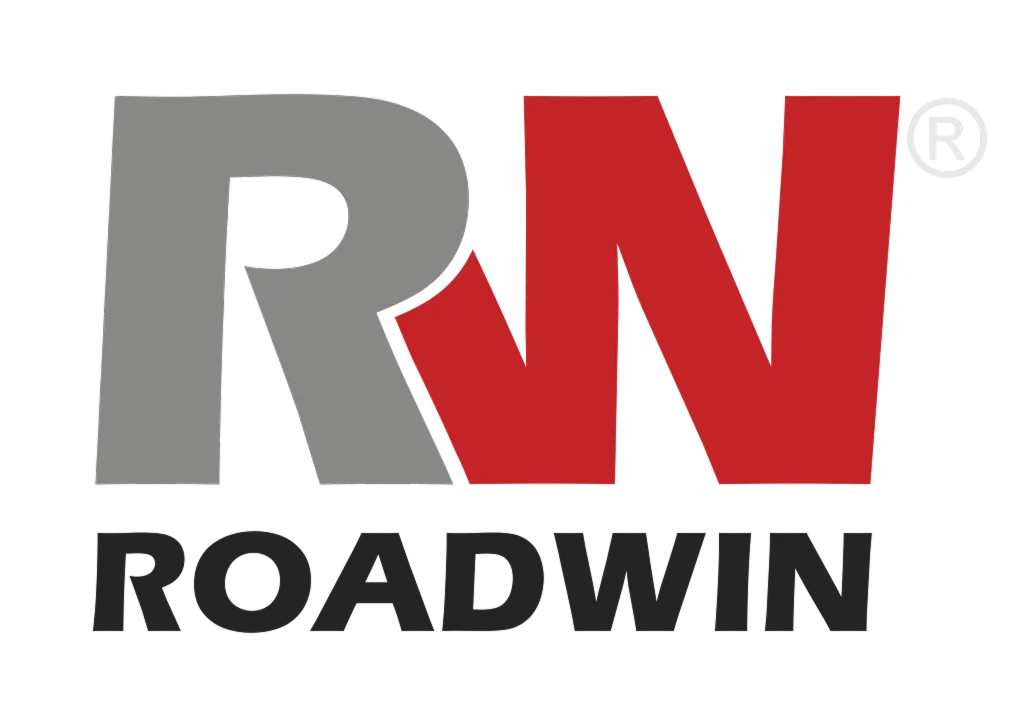Types of Trailer Brackets Every Fleet Manager Should Know
When it comes to heavy-duty rigs, trailer brackets may not be the flashiest parts on the lot—but ignore them at your peril. These humble chunks of metal keep critical systems in place, from suspensions to mudflaps, and when one fails, it can throw a serious wrench in your operation. If you're a fleet manager looking to stay ahead of costly breakdowns and DOT violations, it pays to be familiar with the various types of trailer brackets in use.
Let’s break down the essential types, their functions, how they fail, and when to replace them.
Suspension Brackets – The Backbone of Support
Leaf Spring Hangers and Equalizers
If you’ve got a fleet of heavy-duty trailers using leaf spring suspensions, then you’re relying heavily on leaf spring hangers and equalizer brackets. These suspension brackets hold everything together—literally. The front and rear hangers mount to the frame, and the equalizer in between keeps things balanced, especially when crossing uneven terrain.
Common issues:
- Cracking due to metal fatigue
- Elongated bolt holes from over-torquing or age
- Rust and corrosion weakening structural integrity
During quarterly preventive maintenance, inspect all hangers and equalizers for hairline fractures and excessive wear around bolt holes. Replace immediately if movement or distortion is detected.
Axle and Shock Mount Brackets
U-Bolt Mounting Plates
These brackets are responsible for keeping the axle aligned beneath the trailer. The U-bolts sandwich the axle to the leaf springs via these plates, and they're exposed to serious vibration and load pressure.
What to watch for:
- Warped plates from overloading or impacts
- Threads stripped from corrosion
- Plates thinned from years of stress
Always check torque specs during repairs or replacements—loose U-bolts can result in wandering axles and catastrophic failure at highway speeds.
Shock Absorber Brackets
Many modern trailers come with shock absorbers to reduce bounce and sway. These shocks connect to the frame using specialized mounting brackets. Don’t let a bad shock bracket cause suspension havoc. If a trailer is experiencing excessive bounce even after shock replacement, inspect the bracket welds.
Mudflap Brackets – Not Just Cosmetic
It may seem minor, but mudflap brackets are actually a critical safety component. They prevent debris from flying up and cracking windshields—or worse, injuring other drivers.
Bracket styles include:
- Bolt-on steel brackets
- Swinging or retractable mounts
- Spring-loaded brackets for impact resistance
Light and Wiring Harness Brackets
Your trailer's electrical system depends on properly mounted lighting and protected harnesses. That means you need well-placed brackets for rear, side, and clearance lights. Use stainless-steel or zinc-coated brackets wherever possible. Aluminum brackets may save weight, but they corrode quickly in Midwest winters—especially around Hammond, IN with that salty lake air.
Failure signs include:
- Dangling wires or lights after hitting a bump
- Cracked brackets letting water into connections
- Grounding issues due to rust
Landing Gear and Crossmember Brackets
Landing gear systems rely on sturdy brackets to hold their massive weight when trailers are unhooked. Likewise, crossmember brackets help reinforce the trailer frame across its width, playing a key role in structural integrity.
Problems to look for:
- Landing gear shifting due to loose welds
- Crossmember sagging or rust-out
- Bolts or rivets pulling through fatigued steel
Tool and Spare Tire Carrier Brackets
These aren’t just accessories—they're critical to being road-ready. If your spare tire bracket fails, you could be stuck on the side of I-90 with no way to swap out a flat. That’s downtime nobody needs. Periodically coat tool bracket hinges and locks with a rust inhibitor. Hammond winters can do a number on unprotected steel.
Types include:
- Under-frame bolt-on tire carriers
- Side-mounted lock boxes and tool holders
- Swing-out brackets for ease of access
Custom and Specialty Brackets
Some specialized trailers—like reefers, flatbeds, or drop-decks—come with customized bracket setups for refrigeration units, hydraulic tanks, or even GPS systems. Always follow OEM guidelines when replacing or modifying these. Improper repair can void warranties or lead to failure under load.
These brackets often require:
- Manufacturer-specific replacements
- TIG-weld repairs (not MIG)
- High-load rated fasteners
When to Repair vs. Replace Trailer Brackets
A few bucks on a new bracket beats a few grand on a failed axle, ticket, or roadside repair.
Repair it if:
- The damage is surface-level rust or chipped paint
- It’s a bolt-on bracket with clean threads and no distortion
Replace it if:
- You see cracks, elongation, or signs of flexing
- Welds are compromised or rust is deeper than surface-level
- The bracket holds structural or suspension components
Stay Secure With the Best Bracket Setup
Trailer brackets may not get the glory, but they carry the weight—literally and figuratively. From suspension brackets to mudflaps and landing gear mounts, they hold your trailer together and keep your operation moving down the road. As a fleet manager, your job is to stay ahead of wear, corrosion, and failure points through proactive inspection and reliable truck and trailer repairs.
